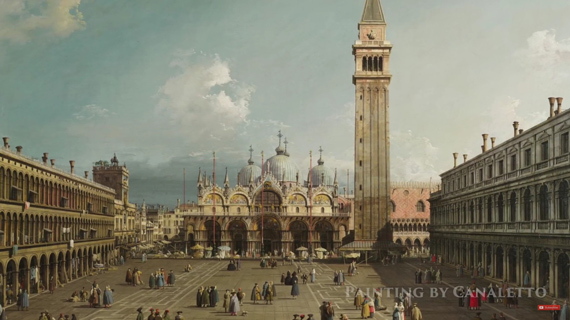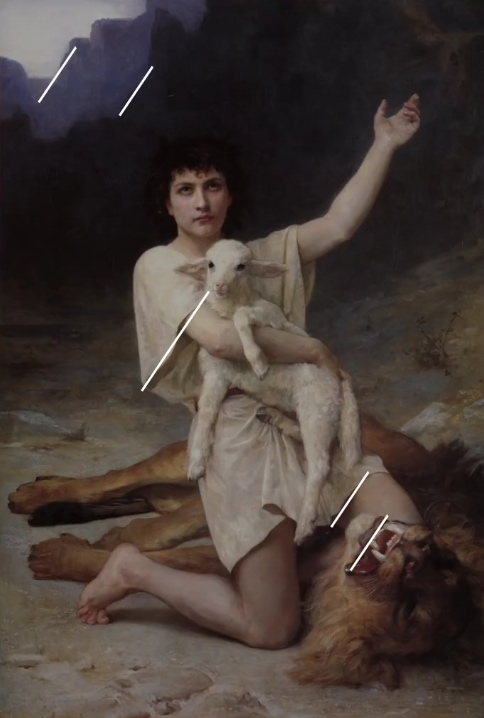Artists put considerable effort into deciding on their compositions. Besides visual judgement, artists are also influenced by geometrical relationships. Simply put, dynamic symmetry is a grid system which is geometrically designed to promote continuity, flow, rhythm, and balance within an artistic design. Photographer Tavis Leaf Glover explains how you can get started with the fundamentals of dynamic symmetry using the Baroque diagonal:
When starting out with dynamic symmetry grids, many people get confused about where to place their subjects. To keep things simple, Glover suggests starting with the Baroque diagonal (lower left to upper right), because it’s visually pleasing. Even classic painters have used this technique in their masterpieces. Also, since most of us read and write from left to right, it comes naturally to view your image from left to write. Getting familiar with the Baroque diagonal can be a great starting point for learning how to use dynamic symmetry grids.

The aim is not just to place your subjects on the diagonal. There are some other important points that you should consider while working with the Baroque diagonal:
- If there’s anything behind your subject, including shadows, make sure that there is a clear separation between it and the background.

Example of an image with the element directly on the Baroque diagonal
- Sometimes it’s difficult to compose on the Baroque diagonal. In such cases, try to compose with elements parallel to the diagonal. They could either in the lower or higher frame or even two different things parallel to the Baroque diagonal.

Baroque diagonal and parallels
If you get overwhelmed, just focus on the diagonal that goes from the lower left to the upper right. Even this can help you get acquainted with the basics of dynamic symmetry and aid you in developing your photography.
Like This Article?
Don't Miss The Next One!
Join over 100,000 photographers of all experience levels who receive our free photography tips and articles to stay current:






Leave a Reply